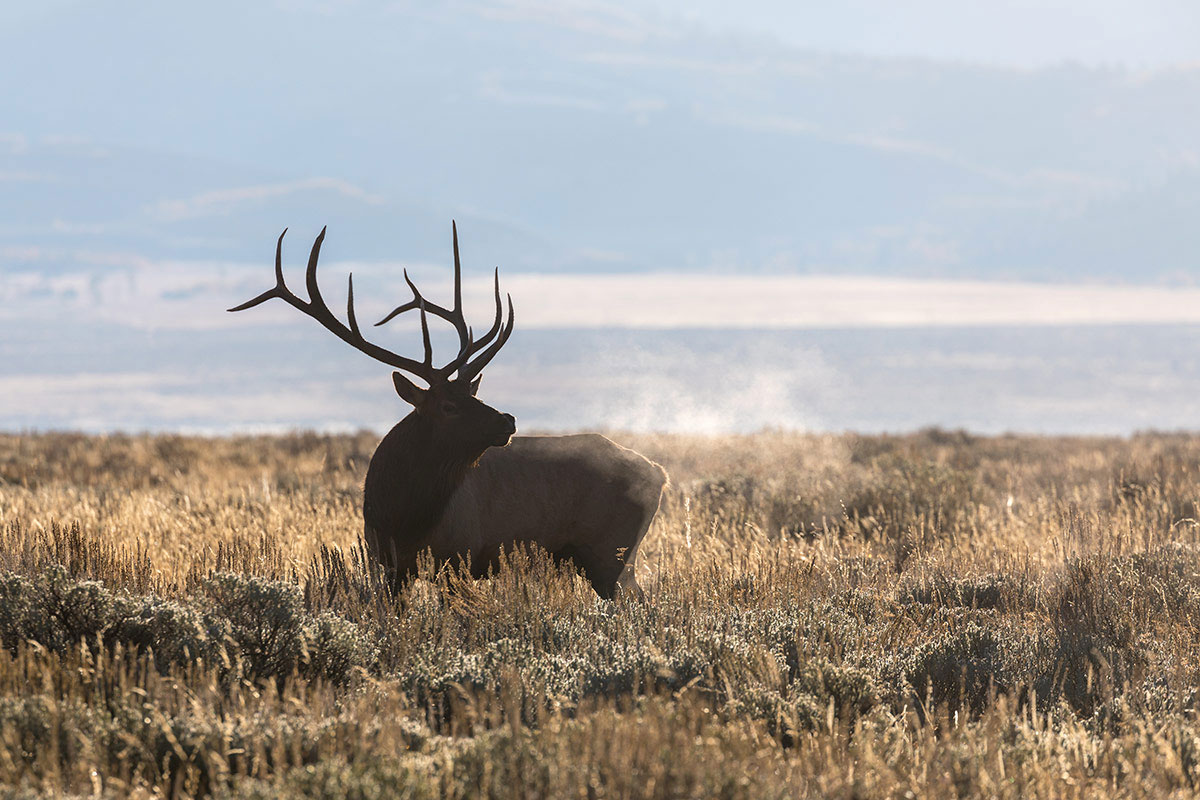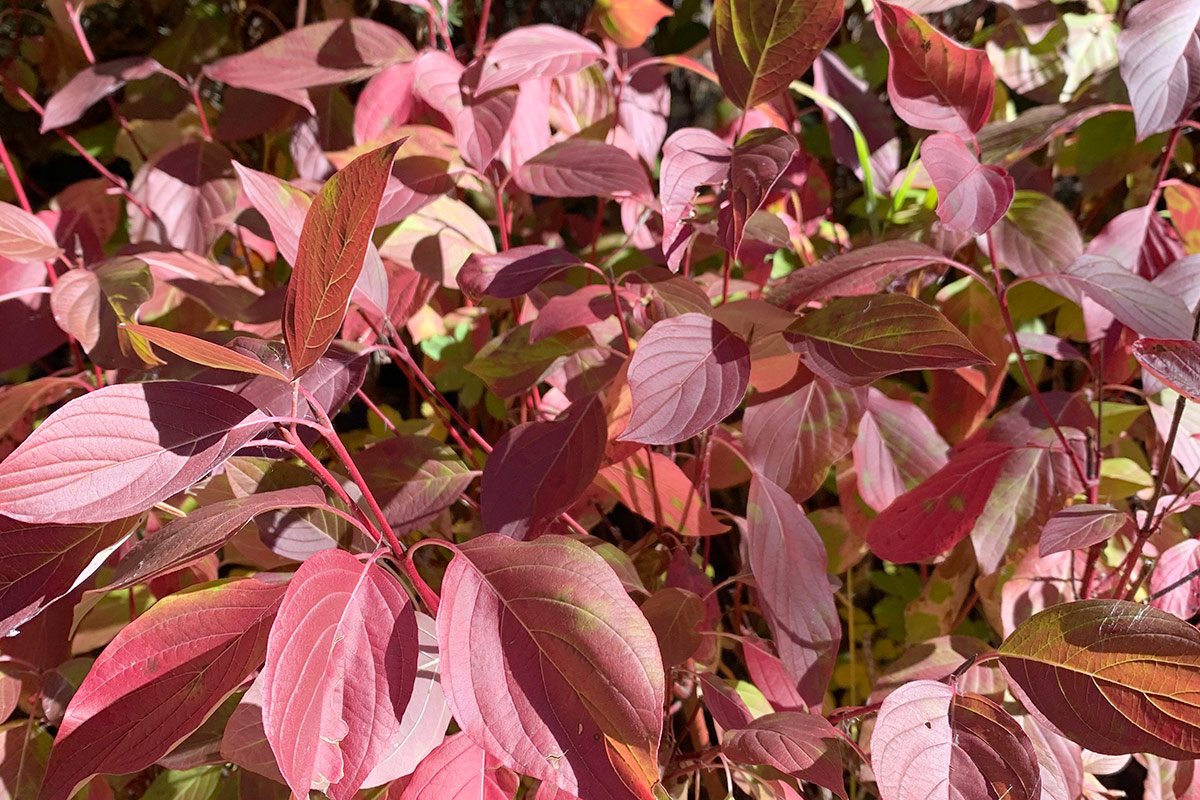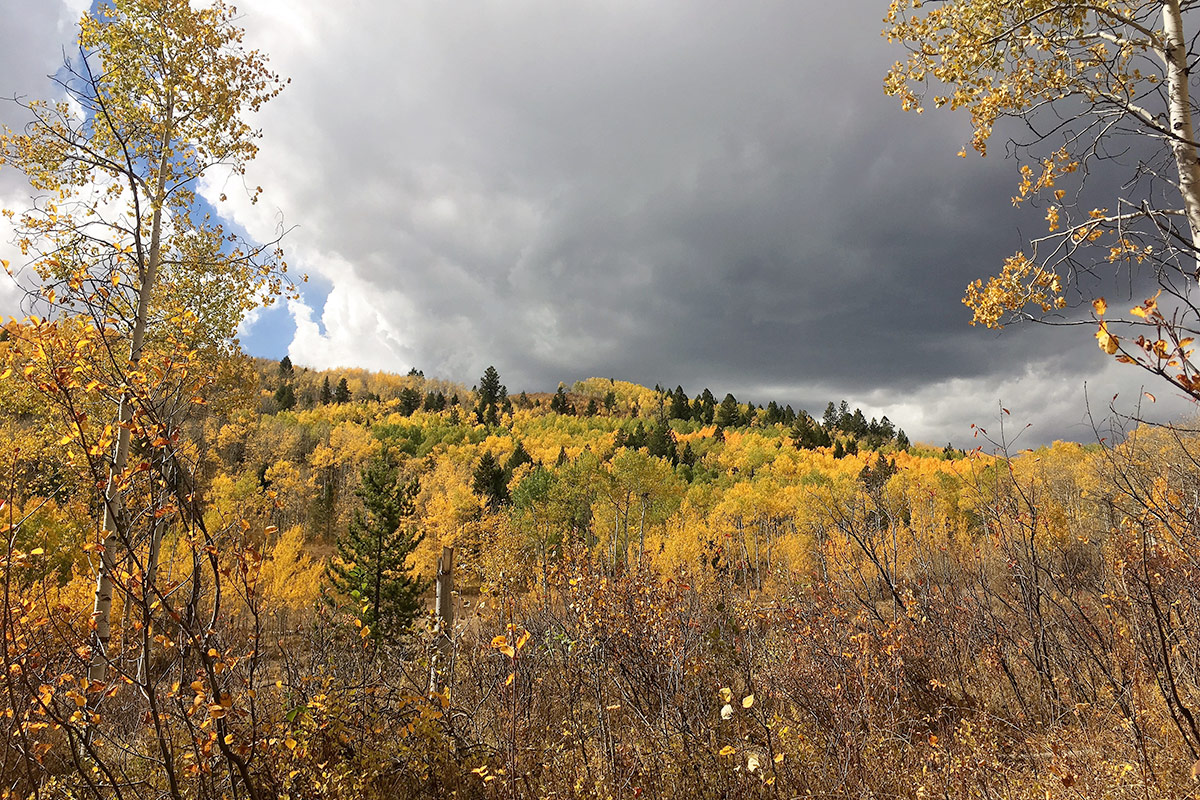
Fall is a favorite time of the year for our team of naturalists. Autumn arrives with frosty mornings, the sound of bugling bull elk, and vibrant foliage dotting the hillsides. We’ve had unseasonably warm, dry weather, what is referred to as Indian summer, and the trees and plants are showing their colors once again. Both the dogwood and huckleberry bushes have turned a brilliant red (caused by anthocyanins — a type of flavonoid that are the source of red, purple and blue rich coloring) while the aspen and cottonwood trees have turned to gold (caused by carotenoids — richly colored molecules that are the source of the yellow, orange and red colors). Warm days and cool nights will prolong the color. It’s a wonderful time to enjoy the trails throughout the valley.

Local
It’s crucial to be “bear aware” at this time of year. The bruins enter a state of hyperphagia in the fall, eating and drinking nonstop in order to build fat and survive their winter hibernation. Bears have been seen near town so we must be extra vigilant to store all food sources around our homes and businesses. If bears receive a food reward such as garbage, pet food, livestock food, bird seed or compost, they can habituate to the new source and become aggressive and unpredictable. Let’s keep bears wild and do our part to support their survival by keeping them away from communities.
Learn more: Black Bear Spotted in Melody Ranch
Regional
The Colorado River serves millions of people in the West and the outlook appears dire for future water needs. The largest man-made reservoirs in the US, Lake Mead and Lake Powell, have been hit hard by drought and climate change. It’s beyond time for us to look at our imprint on this majestic planet and work together on ensuring our survival.
Learn more: US projections on drought-hit Colorado River grow more dire
Check out these water saving tips: 10 Ways to Save Water at Home

Spiritual
And into the forest I go,
to lose my mind and find my soul.
-John Muir
What’s in the Woods
9/4 (Granite Creek) four sandhill cranes, (Hoback) female big horn sheep
9/5 (Antelope Flats) northern harrier, bison, pronghorn
9/6 frosty morning
9/10 (Munger Mountain) mature mountain snowberries, clearer skies, frosty morning, bears in area
9/11 (Grand Teton Park) bull elk, showy goldeneye, clear skies, heard elk bugle at start of day
9/12 (Grand Teton Park/evening wildlife drive) bear, elk, deer, sandhill cranes,
9/18 (Green River) osprey, bald eagle, norther harrier
9/19 fresh snow in the Tetons
9/20 (Munger Mountain) Grizzly 399 and cubs frequenting the area
9/21 (Jackson) 16 sandhill cranes flying west
9/26 (Moose-Wilson Road) black bears feeding on berries
Tour Suggestion
Enjoy the colorful foliage by walking, riding or fishing along the banks of the Snake River. Evening drives are spectacular right now to look for wildlife and hear the elk bugle. Drive at dusk along the Moose-Wilson Road in Grand Teton National Park and you are certain to hear the elk. Be extra careful while driving since wildlife are on the move and really hard to see at night. Munger Mountain in the Bridger-Teton National Forest has amazing aspen groves and a variety of trail options for walking and riding. Have fun!
The Hole Hiking Experience — Fall Break
We’ll be closing for fall break from October 24 through November 21. Book the tour of your choice online and join us to explore and discover Jackson Hole and the Greater Yellowstone Ecosystem this winter.
Backcountry Tips
- Carry bear spray and wear orange out on the trails
- Watch for wildlife on the road


